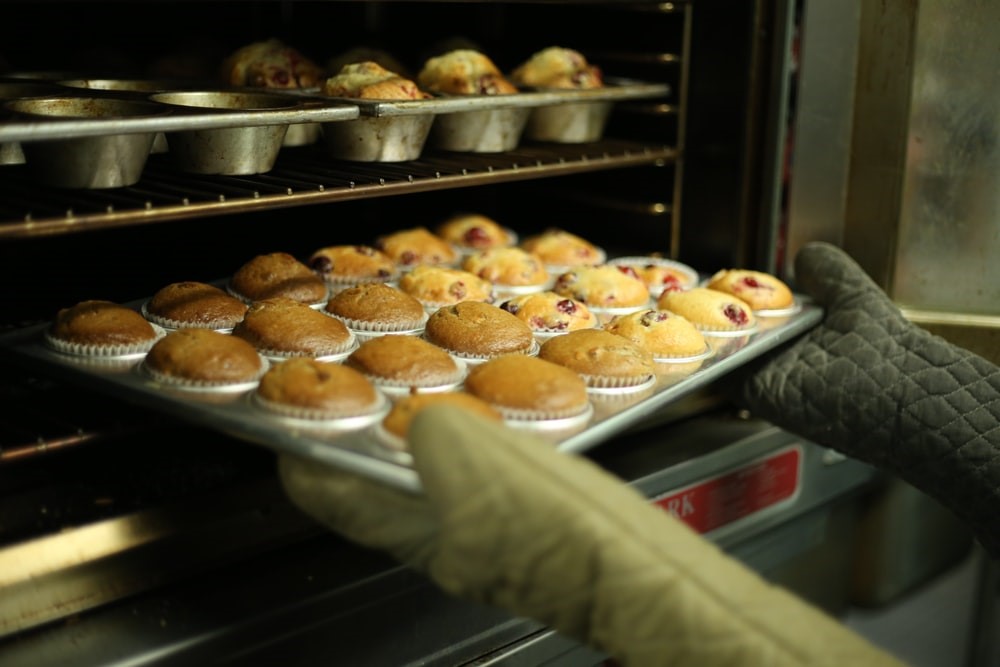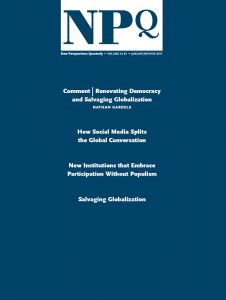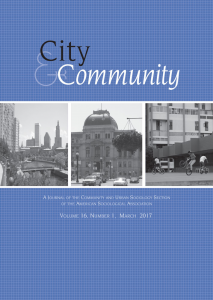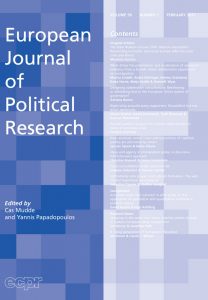WHAT DOES BAKING TELL US ABOUT CLASS DURING COVID-19 IN INDIA?
by Rituparna Patgiri · Published · Updated
 In an unequal and diverse society like India, food has had deep associations with questions of identity, whether that of religion, caste, class, gender, ethnicity, or tribe. The recent COVID-19 crisis has highlighted some of these associations in a newer light, including the relationship between food and class.
In an unequal and diverse society like India, food has had deep associations with questions of identity, whether that of religion, caste, class, gender, ethnicity, or tribe. The recent COVID-19 crisis has highlighted some of these associations in a newer light, including the relationship between food and class.
For most of the Indian middle-classes, the period of lockdown has been spent in experimenting with food as dishes like Dalgona coffee and banana bread became popular ‘quarantine recipes’. Food also became a significant content for humour as social media was buzzing with memes like ‘After the lockdown ends, there will be a huge queue for MasterChef’. There was also discussion on how people are missing their favourite street foods like momos (dumplings with meat and vegetable fillings) and restaurant dishes.
However, for another group of people, the working and the lower classes, food was a means of survival that was scarce and expensive. For them, food was a means to satiate their hunger which was available in the form of ration – that is, in fixed, limited, and small quantities. There was no scope of experimentation with ‘creative recipes’ or ‘missing favourite dishes’. Unlike the middle-classes, members of these classes do not have the luxury to stockpile groceries and spend their time baking and cooking.
It is this relationship between food and class in Indian society during COVID-19 that I intend to explore in this piece. I argue that one’s food choices during this pandemic are determined and reflected by their class positions. Food has social meanings and is a significant display of one’s identity, served and eaten differently in varying contexts by diverse groups, including during the COVID-19 crisis. Food and class have always been closely connected in India. The growth and emergence of the middle-class in India have been facilitated by the process of liberalization that had begun in the 1990s. One of the traits of this middle-class is increased spending on consumption practices, including that on food. These consumption patterns separate them from the working and lower classes and help them in claiming to be a part of the middle-class. Food, thus, has a class character that creates and reflects existing social hierarchies.
This class character of food has been particularly evident during the COVID-19 pandemic. As COVID-19 had made its entry into India, the central government decided to impose a lockdown from 25th March 2020 as a containment measure. All businesses except essential services were shut down with only a notice of a few hours. There were severe consequences, which became visible soon as every sector of the economy was affected.
However, the lockdown has also had social consequences, and food is a site to understand its social impact. The period of lockdown has highlighted the different relationships that different classes have with food. For most of the rich and the upper middle-classes, it has been a period of experimenting with food and cooking new dishes. Social media is flooded with images of people posting new and different recipes that they have tried making. Celebrities, too, joined the trend as many of them posted photographs of them cooking or the dishes that they had made. For many, this time-period became an opportunity to learn cooking and experiment with food. Dishes like Dalgona coffee became household names. Cooking shows, channels, and online cooking classes have been in huge demand. There was a shortage of certain ingredients like baking powder, cream, and cocoa powder in the market because of their ‘quarantine demand’.
Thus, the quarantine period and food have had different meanings for different people. These differences are stark. Even before the pandemic, the visibility of food has been evident in everyday urban life, in the media, and the host of new eating places, offering diverse kinds of cuisines in India’s growing cities. At the same time, ‘ordering in’ too has taken off in a significant manner in urban India. This new Indian eating culture represented by its hosts of eating joints is very much exclusive. Therefore, it has been unsurprising that food and eating during the pandemic have been exclusionary too. While the rich were busy experimenting with food and uploading photographs on social media, the poor were struggling to make even ends meet.
As the Indian government decided to enforce a lockdown, many workers lost their jobs overnight, especially the ones working in the informal sector. The plight of migrant workers who had gone to different cities in search of jobs has been already highlighted in the media. Out of jobs and money, they were left helpless in the very cities that they have helped build.
One tragic incident had gained particular attention in which a goods train had run over 16 migrant workers who were sleeping on the railway tracks. They were tired from their long and exhausting journey on foot and had fallen asleep on the tracks when tragedy struck. A particular image from this tragic incident had gone viral – rotis (flatbreads) on the tracks.
There were also several other instances of people struggling for one meal and thus resorting to theft and other petty crimes to feed themselves. Some others were dependent on the ration and relief that are given by the state or civil society organizations. Many queued up for meager amounts of food, while many others lost their lives.
Thus, a quarantine recipe like Dalgona coffee is very class-specific. Specific foods like Dalgona coffee are associated with a particular class, that is, the wealthy and upper middle-classes and so are activities like baking. The consumption of these foods helps in creating status and taste distinctions and helps them claim to be a part of the middle-class, separating them from others in the process. The COVID-19 pandemic once again illustrates that the relationship, meanings, and experiences of people with food vary according to their class. One’s food choices and habits are determined by their social conditions.
Rituparna Patgiri
I am Rituparna Patgiri, a doctoral student in the Centre for the Studies in Social Systems (CSSS), Jawaharlal Nehru University (JNU), New Delhi. The study of food has always interested me, and my MPhil work was on the social nature of food in India. I have previously published my writings on food in the Digest, Youth Ki Awaaz. Graduate Journal of Food Studies, Allegra lab, Anthro{dendum}, Indian Cultural Forum, Feminism in India and DownToEarth.






1468-0491/asset/society_affiliation_image.gif?v=1&s=859caf337f44d9bf73120debe8a7ad67751a0209)